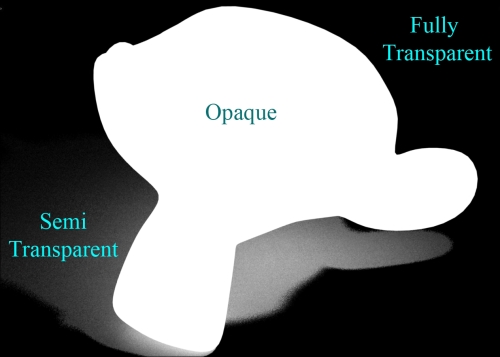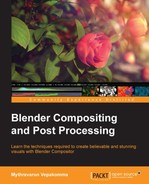This chapter starts by providing an understanding of the significance of an alpha channel and some issues related to it. After realizing the alpha channel, this chapter deals with different keying and masking techniques. Following is the list of topics covered in this chapter:
- Significance of the alpha channel
- Blender's alpha modes
- Layering concept and formula
- Using the alpha channel when layering the foreground over the background with the Mix and Alpha Over nodes
- Solving fringing issues while using the alpha channel with the Mix and Alpha Over nodes
- Generating matte masks using the ID Mask node
- Different ways to invert matte information
- Edge filtering
- Value and luminance
- Concept of keying and what to inspect in the footage to be keyed
- Understanding Blender's keying nodes
The alpha channel first introduced by Alvy Ray Smith in the 1970s, can store values between 0-1, signifying whether a specific pixel is transparent, opaque, or semitransparent. Though this channel is boring to look at, this information is very essential when merging footages. Alpha information can be stored either independent of RGB, referred to as straight alpha, or by multiplying it with RGB, referred to as premultiplied alpha. A value of zero in the alpha channels signifies that the RGB pixel should be completely transparent, and opaque when the value is one. The following screenshot portrays an alpha channel:

